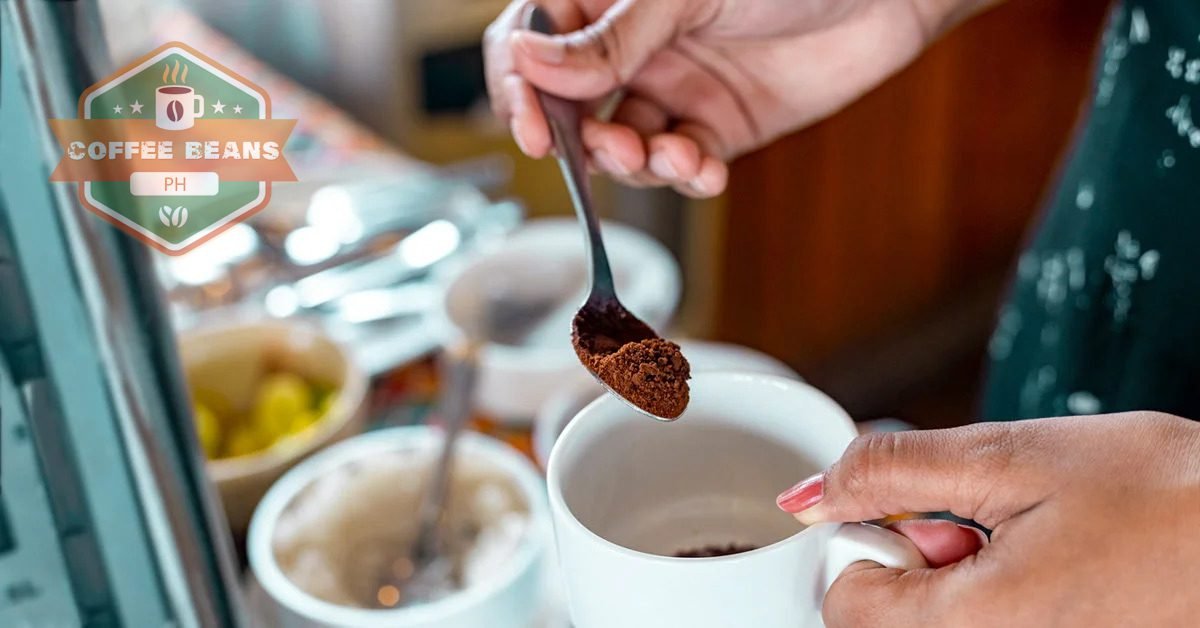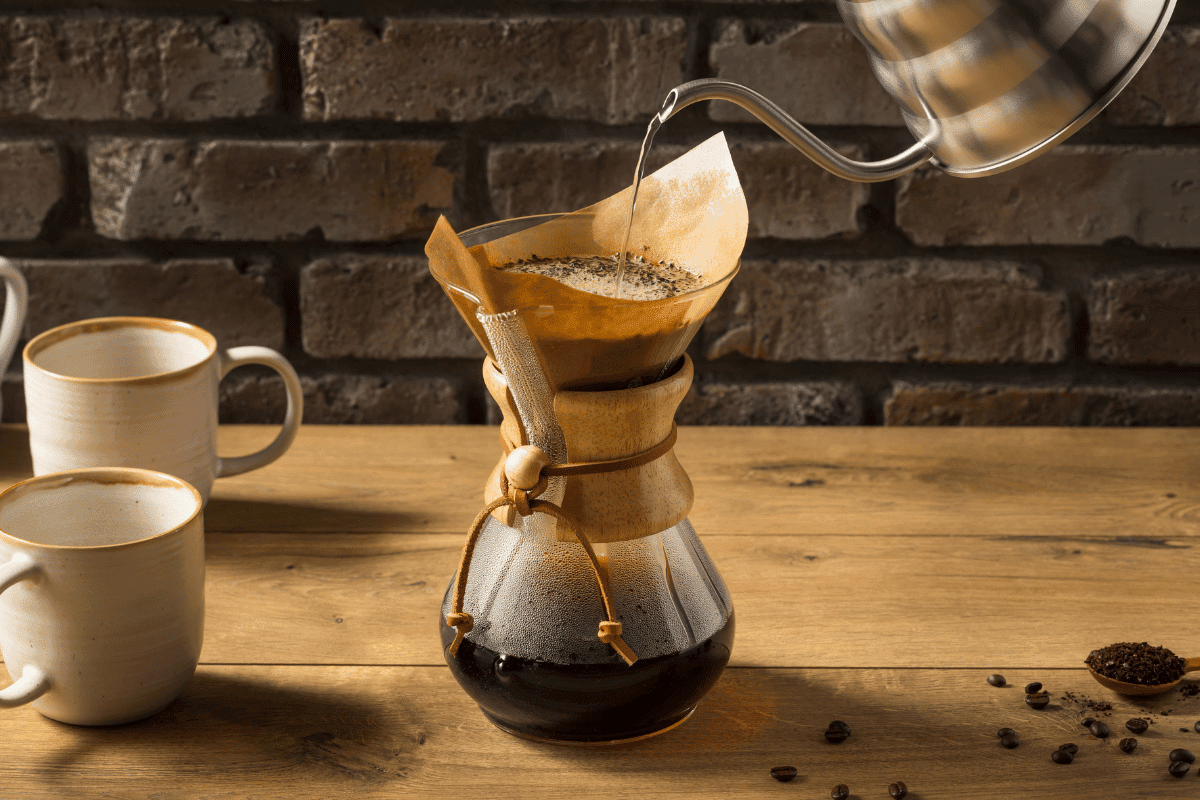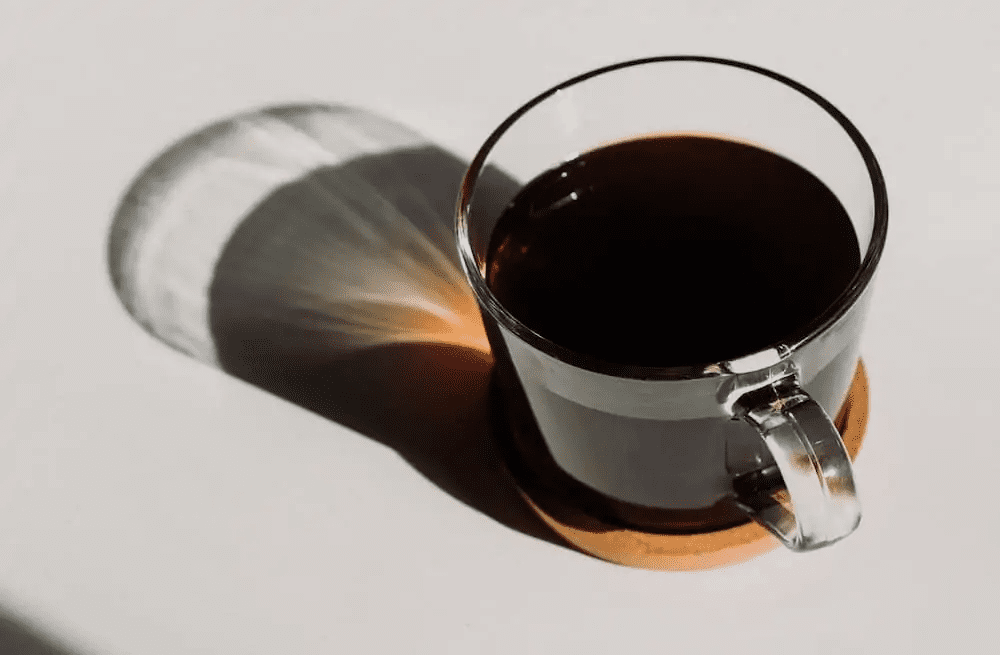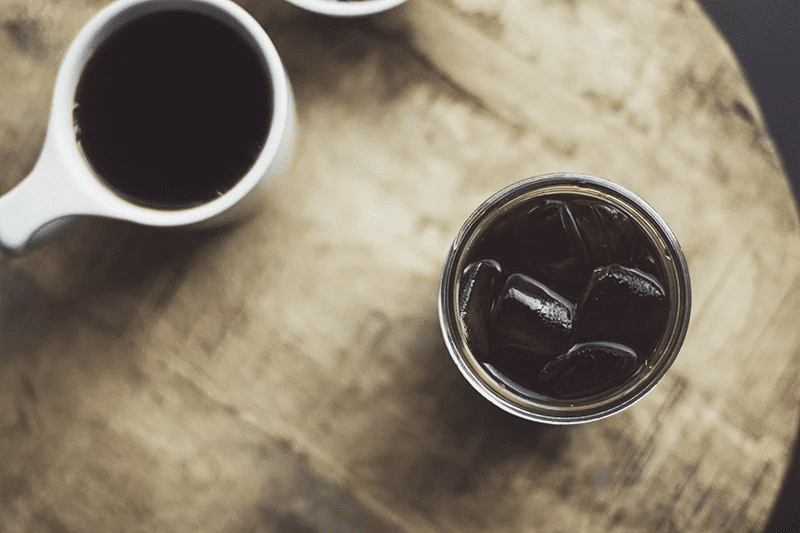
Good old hot coffee is a classic morning delight that has been widely consumed for centuries. Cold brew popped up on menus some years ago, and its popularity has increased ever since. So why do these coffee varieties taste so different? We are here to answer that question for you.
In short, cold brew is made slowly and without heat, resulting in a smoother, less acidic, and less bitter flavor profile because of less oxidation.
What Makes Cold Brew and Hot Coffee Taste Different?
Cold brew is often described as smooth and full-flavored without acidity or bitterness. In general, the hot brew has a more acidic taste than the cold brew and can be harsher in comparison. It also has a stronger aroma.
Hot coffee and cold brew can taste wildly different, even if they are both brewed with the same blend. The reason for this is the brewing process.
Hot coffee can be brewed in many ways, but the result remains the same due to the water temperature. Hot water quickly extracts coffee from the grounds, taking a few seconds up to several minutes to produce coffee. You get more acidity and bitterness in the finished brew in exchange for this speed.
Cold brew is made differently. Using a 3:1 ratio, large batches of coarsely-ground coffee are steeped in cold water. Usually, the steeping process lasts between 12-20 hours. The longer the coffee steeps, the bolder the flavor in any brewing method. However, you will get a bitter result if coffee is over-steeped. For cold brew, the limit for steeping is 24 hours.
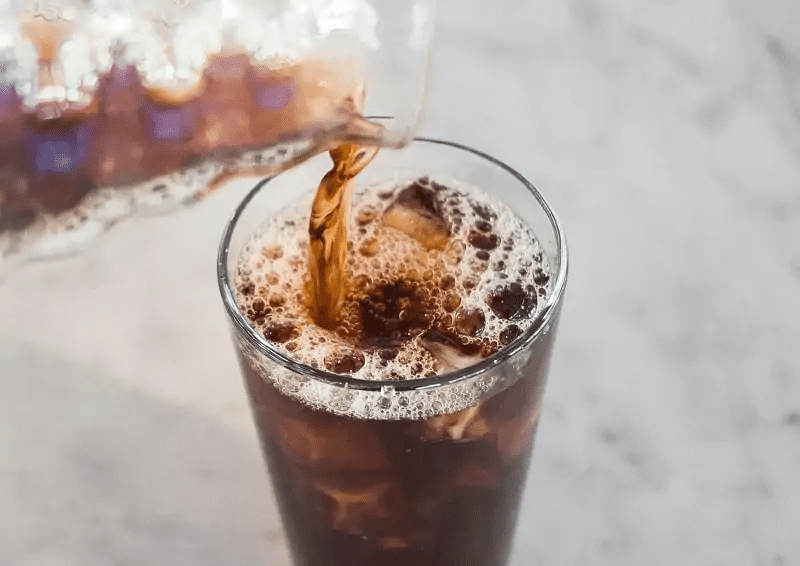
How Does Brewing Temperature Affect Flavor?
The natural oils and acids in coffee give coffee its recognizable aroma and taste. When water is forced through coffee grounds, it pulls out these oils. The temperature of the water makes a big difference because it changes the oxidation rate.
What is the oxidation rate? When the oils in coffee are exposed to oxygen, that is oxidation. The rate at which this happens partially determines the coffee’s bitterness level. More oils and acids are released faster when hot water is used, such as for hot coffee. Oxidation is slower when cold water is used, and fewer compounds oxidize.
During the slower oxidation in cold brew, some compounds attributed to bitter flavors are left behind. This is why cold brew tends to be smoother, less aromatic, and slightly sweeter in flavor than hot coffee.
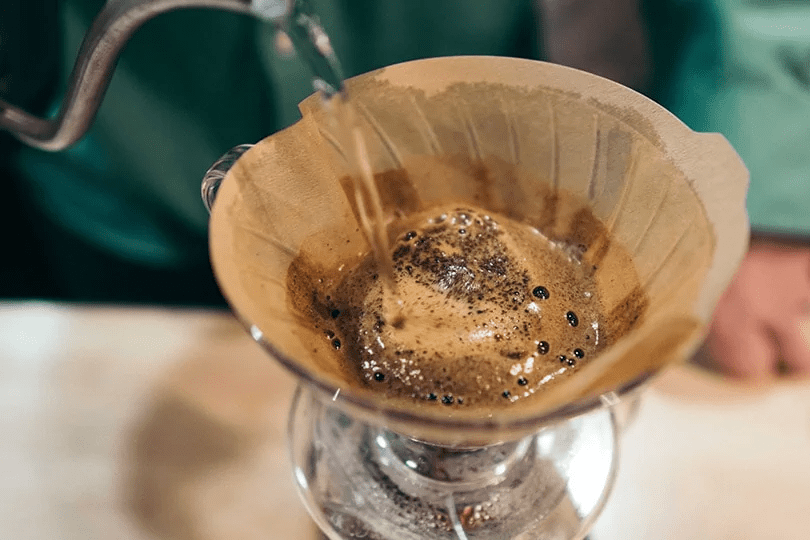
Other Flavor Factors
We have already discovered the main reason cold brew and hot brew taste different: the temperature used during brewing and how it affects the oxidation rate. However, two other variables contribute to the differences in taste. These include the roast used and the grind.
1. Roast Level
Hot coffee can be brewed with any roast you want. Different roasts have different flavor profiles. If the roast is lighter, it will have a mellow, complex flavor but with more acid. Medium roasts usually taste balanced and can range in flavor from nutty to earthy to floral. Dark roasts have a bolder flavor and a whole body with less acidity. They can contain notes of caramel or smoke.
Cold brew is typically made with dark roast coffee but can also be made with a medium roast. The flavors of these roasts carry over well in a cold brew, giving it low acidity and a full body.
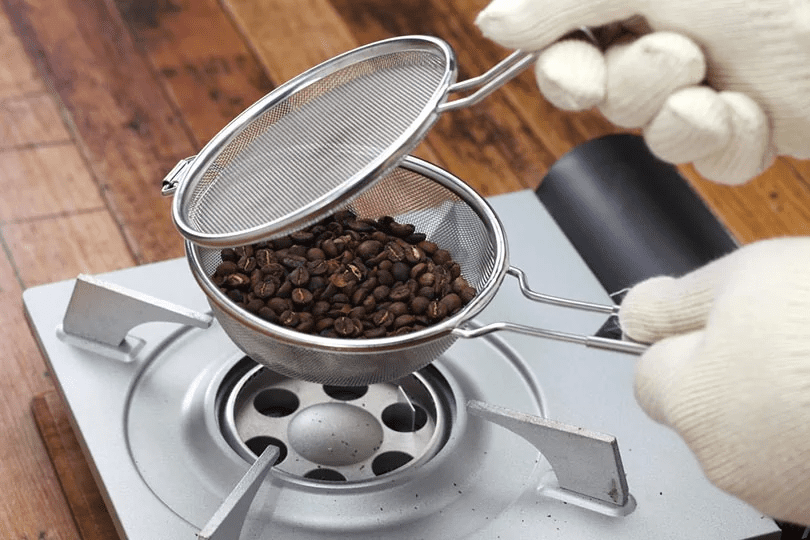
2. The Grind
Cold brew always uses a coarse grind. It is considered an extra-coarse grind. The grind used for hot coffee differs depending on the brewing method. For example, a French press uses a coarse grind because it steeps. A medium grind is used for drip coffee makers and pour-overs. Fine grind is for making espresso.
The coarser the grind, the more likely you are steeping your coffee. Steeping coffee develops a full flavor for your brew. This is the case in cold brewing and hot brewing. Fine grind can also get a really strong coffee flavor when water is forced through it, which is precisely why it is used for espresso


